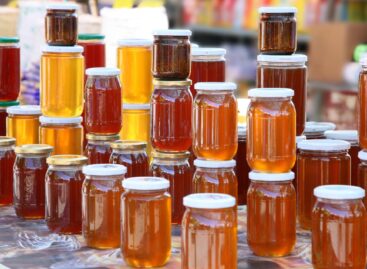MTÜ: traffic in rural spa towns is outstanding in winter
According to the November data of the National Tourist Information Center (NTAK), this year the number of guest nights spent in spa towns exceeded the previous year by almost 10 percent. The holiday period is expected to further increase the traffic of spa towns – the Hungarian Tourism Agency (MTÜ) drew attention in its statement on Thursday.

The biggest increase was measured in Hajdúszoboszló (22 percent) and Egerszalók (19 percent) in November. The share of the combined accommodation turnover of seven spa resorts reached 56 percent of the performance of rural Hungary.
In November, Hévíz turned out to be the most popular rural spa town, where the majority of foreign guest nights were spent by people from Austria. Czechs also preferred Sárvár and Bük in November, Romanians mostly bathed in Hajdúszoboszló and Gyula. In addition to German and Austrian guests, Hévíz also welcomed many Czech guests. Among the spa towns, domestic guests spent the most nights in Hajdúszoboszló.
Related news
Wizz Air’s Budapest fleet expands to 19
🎧 Hallgasd a cikket: Lejátszás Szünet Folytatás Leállítás Nyelv: Auto…
Read more >Water tourism developments begin on the Ráckevei-Soroksári Danube branch
🎧 Hallgasd a cikket: Lejátszás Szünet Folytatás Leállítás Nyelv: Auto…
Read more >Domestic tourism headed towards another record year in 2025
🎧 Hallgasd a cikket: Lejátszás Szünet Folytatás Leállítás Nyelv: Auto…
Read more >Related news
KSH: industrial producer prices in November 2025 were on average 2.7 percent lower than a year earlier and 0.3 percent lower than the previous month’s prices
🎧 Hallgasd a cikket: Lejátszás Szünet Folytatás Leállítás Nyelv: Auto…
Read more >Employment at 4.5-year low
🎧 Hallgasd a cikket: Lejátszás Szünet Folytatás Leállítás Nyelv: Auto…
Read more >This is how we eat honey in 2026
🎧 Hallgasd a cikket: Lejátszás Szünet Folytatás Leállítás Nyelv: Auto…
Read more >







